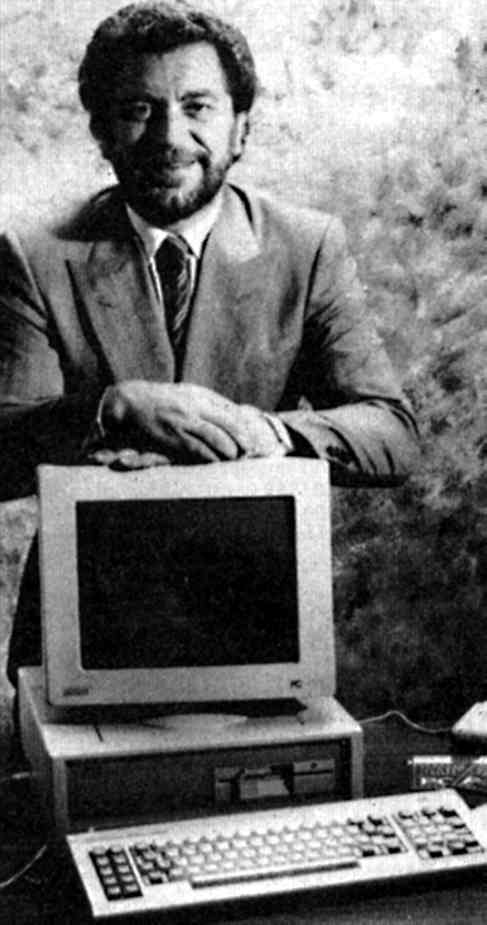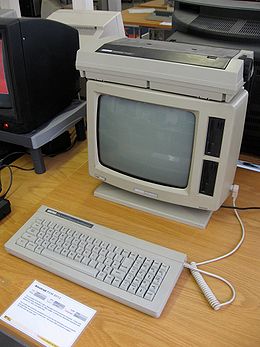| PC-1512 and the Fall of Amstrad |
| Written by Historian | ||||
Page 1 of 3 Lord Sugar may currently be best known for the TV series The Apprentice, and, by a select few, remembered as Chairman of Tottenham Hotspur Football Club. But anybody who understands the significance of WYSIWYG, will think of Alan Sugar as a computer pioneer who made the PC an affordable commodity. Most computers companies start out as computer companies. They are usually enthusiastic about computers and technology in general. Their founders want to see their names, or their company names, associated with computing on a long term basis. Not so Amstrad. It is one of the few important computer manufacturers to have come and gone. The changes that occurred because of its intervention in the market are still with us but Amstrad no longer makes computers.
Alan Sugar, born 24 March 1947 Clapton, London, UK
After the launch of the PCW word processor it was clear to Alan Sugar that much of the future profits of Amstrad would have to come from computers. The home computer boom was well past its peak in 1985 but Amstrad was still selling Z80-based CPC machines and it had recently taken over Sinclair, its logos, machines and design team. The PCW was a step out of the home computer market into the potentially much more profitable commercial computing market. However the PCW’s success was mainly due to the fact that it was being sold as a word processor, a typewriter replacement and not a computer.
The PCW - not really a computer? To see how important this distinction is you only have to look at the comparative failure of the PCW in the German market. The machine was rebadged and sold by Schneider Rudfunkwerk much more as a computer than a word processor. As a result the Germans looked at the machine and decided that the then relatively new IBM PC was a much better buy even if it was more expensive. The same was true in the US market where money was also less of a problem. Cloning the PCIBM was very late into the desktop computer market but in 1981 they launched the IBM PC and made the mistake of making the design open. The IBM PC was built from off-the-shelf components and this made it possible for other manufacturers to copy or “clone” it. The clone marketing wars were mostly fought in the US because even clone prices were rather too high for the average small to medium UK business to contemplate. In 1985 the supply of IBM, or IBM compatible, machines was very restricted in the UK. IBM didn’t actually launch the PC in the UK until 1983 and most of the clone manufacturers weren’t big enough to create a European marketing operation. This meant that other machines, such as the PCW, had a chance to flourish in the niche markets that existed. Even so Amstrad received many requests for an IBM compatible machine to complete the range of computers on offer. So towards the end of 1985 Amstrad worked out a specification for their IBM compatible – the PC1512 standing for Personal Computer 1 and 512 from its memory size 512Kbytes, which was rather a lot of memory for the time!
The internal code name for the product was “Airo” reputedly standing for “Amstrad’s IBM Rip Off”. However much a joke this may have been Amstrad really did have to worry about being seen not to rip IBM off.
<ASIN:023074933X> <ASIN:1844548910>
|
||||
| Last Updated ( Thursday, 10 October 2019 ) |



 The PC1512
The PC1512